Painter
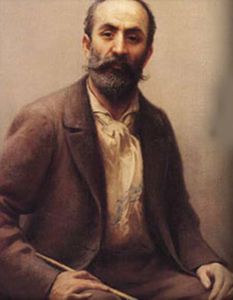 Fausto Zonaro was born in Masi in the province of Padua on 18th September 1854.
Fausto Zonaro was born in Masi in the province of Padua on 18th September 1854.
The first of the six children of the mason Maurizio Zonaro and Elisabetta Bertoncin, he showed good drawing skills from an early age and was therefore sent by his parents to study at the Technical Institute of the city of Lendinara and then in Verona, at the Accademia Cignaroli directed by Napoleone Nani.
He then opened a small painting school in Venice, but his activity often led him to go to Naples. One of the most important works of this period is a cycle of about thirty pastels with views of Naples and the surrounding area created for the villa of Duke Paolo Camerini, now Villa Simes-Contarini, in Piazzola sul Brenta.
However, the turning point in Fausto Zonaro's career came in 1891 when, together with Elisabetta Pante, his former pupil in Venice who has now become his companion, he decided to venture to the East, then Constantinople.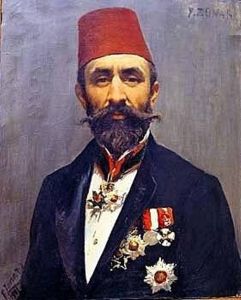 Qui, little by little he managed to make himself known in aristocratic circles, obtaining increasingly important commissions until, in 1896, he was appointed "court painter" thanks to the good offices of the Russian ambassador, for whom he had made some paintings and who presented to Sultan Abdul-Hamid II the work "The Imperial Regiment of Ertugrul on the Galata bridge", which he immediately bought.
Qui, little by little he managed to make himself known in aristocratic circles, obtaining increasingly important commissions until, in 1896, he was appointed "court painter" thanks to the good offices of the Russian ambassador, for whom he had made some paintings and who presented to Sultan Abdul-Hamid II the work "The Imperial Regiment of Ertugrul on the Galata bridge", which he immediately bought.
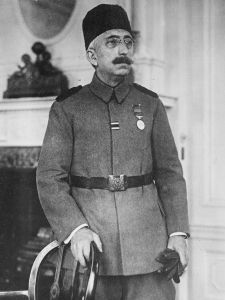 The sultan orders a series of other works from Zonaro, in particular a series of paintings on the epic of Mohammed II.
The sultan orders a series of other works from Zonaro, in particular a series of paintings on the epic of Mohammed II.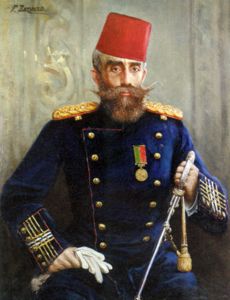 Fausto Zonaro, the last painter of the imperial court of Constantinople, remained in the City of Gold until 1909, when he returned to Italy following the coup d'état that deposed the Sultan Abdul-Hamid.
Fausto Zonaro, the last painter of the imperial court of Constantinople, remained in the City of Gold until 1909, when he returned to Italy following the coup d'état that deposed the Sultan Abdul-Hamid.
Returning to Italy he settled, after a long search, in San Remo, and the choice is quite understandable. San Remo is an authentic miniature Constantinople: a city of sea, rich and cosmopolitan, the undisputed capital of the Italian Belle Epoque.
San Remo is a favourite destination of the European nobility (especially the English and Russians) who stayed there for long months, both for recreation and care, and in San Remo, at Villa Magnolia, the last Lord of the Ottoman Empire, who had collapsed three years before, Sultan Mohammed VI, brother of Abdulhamid, died in exile in 1926.
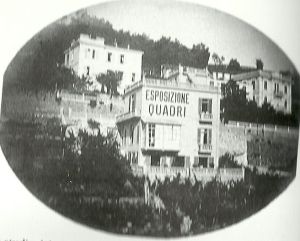 Not oblivious to having been a bricklayer in his youth, Zonaro helped the workers to build his residence, a three-storey building in Via Dante Alighieri number 5, not far from what was to become his atelier and exhibition hall.
Not oblivious to having been a bricklayer in his youth, Zonaro helped the workers to build his residence, a three-storey building in Via Dante Alighieri number 5, not far from what was to become his atelier and exhibition hall.
He died in Sanremo on 19th July 1929.
Here ends the story of the last painter of the Empire and his extraordinary companion Elisa, unique and rare life stories, for a lover like Zonaro, of the magical Orient. He rests in the cemetery of the Mouth.
Many of Fausto Zonaro's works are still preserved in the most important museums in Istanbul, including the Topkapi, the Imperial Palace in Dolmabahçe and the Military Museum.
(source text Marco Mauro)




